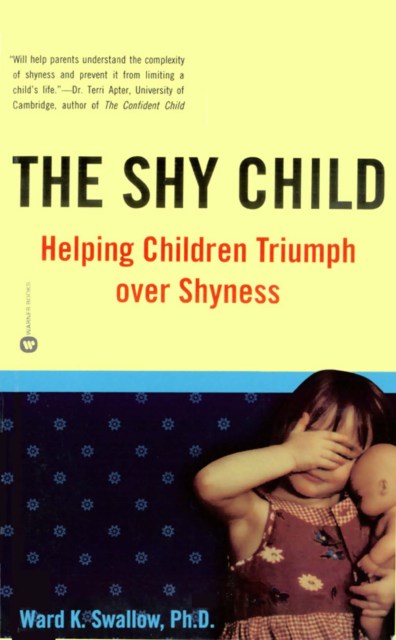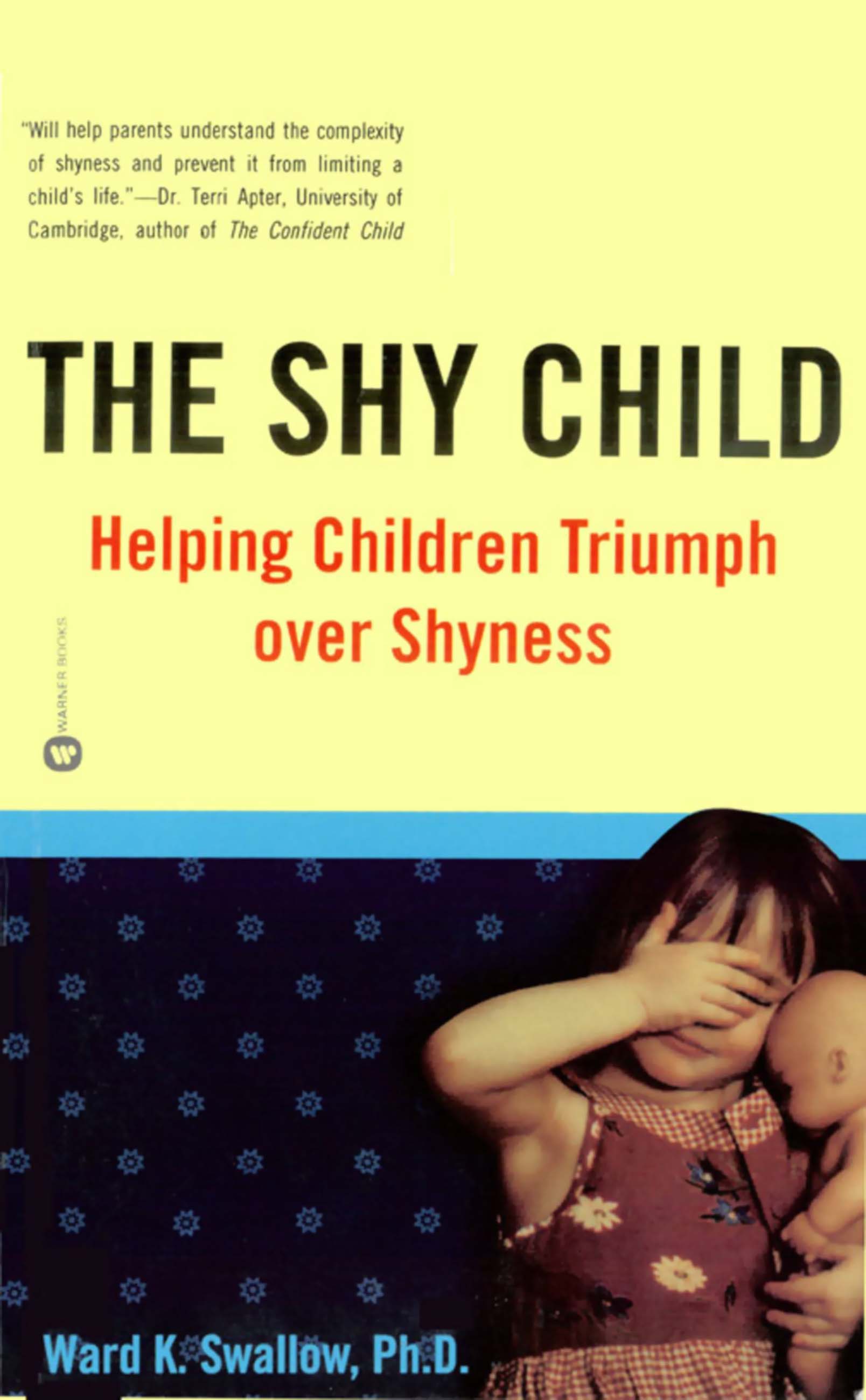Promotion
Use code MOM24 for 20% off site wide + free shipping over $45
The Shy Child
Helping Children Triumph over Shyness
Contributors
By Ward K. Swallow, PhD
Formats and Prices
Price
$9.99Price
$12.99 CADFormat
Format:
- ebook $9.99 $12.99 CAD
- Trade Paperback $21.99 $28.99 CAD
This item is a preorder. Your payment method will be charged immediately, and the product is expected to ship on or around June 15, 2000. This date is subject to change due to shipping delays beyond our control.
Also available from:
Discover:
The signs of shyness in children, from infancy to adolescence
How the shy child responds physically and mentally to stress
How your child’s artwork reveals his or her emotions, and how drawing together can reinforce trust and understanding
Scriptwriting, rewriting, role-playing, and rehearsing — important tools for the shy child
Why shy children are so vulnerable to bullies and how best to intervene
How to teach your child to cope with anxiety-producing situations and more.
Genre:
- On Sale
- Jun 15, 2000
- Page Count
- 288 pages
- Publisher
- Grand Central Publishing
- ISBN-13
- 9780446931076
Newsletter Signup
By clicking ‘Sign Up,’ I acknowledge that I have read and agree to Hachette Book Group’s Privacy Policy and Terms of Use







